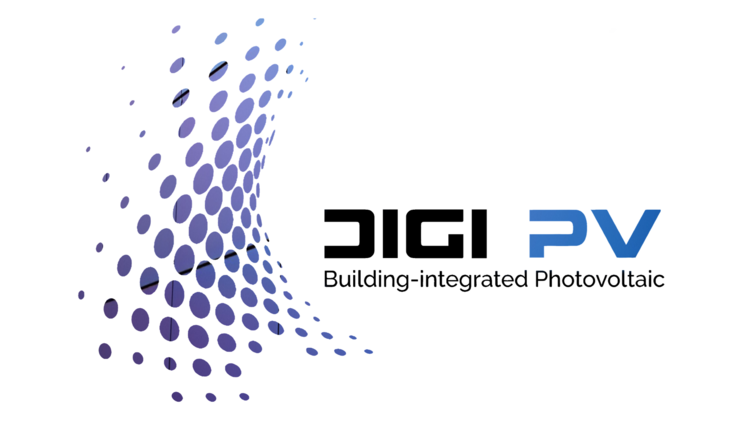Digital planning and automated production of building-integrated photovoltaics (DIGI-PV)

| E-Mail: | schoenburg@match.uni-hannover.de |
| Team: | Sebastian Blankemeyer, Jessica Schönburg |
| Year: | 2023 |
| Funding: | BMWK |
The goal of the DIGI-PV project is to reduce barriers to the large-scale use of PV technology in order to open up significantly more façade areas for energy use. The focus here is on existing buildings. The challenges here are currently the complex planning processes for the BIPV façade and the non-automated and therefore cost-intensive production of BIPV modules. For this purpose, automated processes and tools are being developed that enable planners, producers and users to implement efficient and cost-effective processes and support them along several phases of the product life cycle.
For example, methods are being developed for the highly automated recording, digitisation, classification and structuring of existing building surfaces. The captured surfaces are transferred to a BIM model and a digital twin of the buildings is generated. Automated processes based on coupled optical and electrical simulations are being developed to design BIPV modules for optimal use of the building surface. In order to produce the PV modules determined in this way, interfaces between digital building planning and production planning and procedures for automated production planning and optimisation for the sustainable production of PV façade elements are provided. The data obtained in planning and production flows into the digital twin of the building. This is further developed for use by end users beyond the production period. The continuous automated digital process chain is demonstrated using real buildings as examples. Their surfaces are recorded, classified and the time- and location-resolved solar potentials are determined. On this basis, the modules are designed, the data is used for automated production planning and they are also produced in real terms.




















